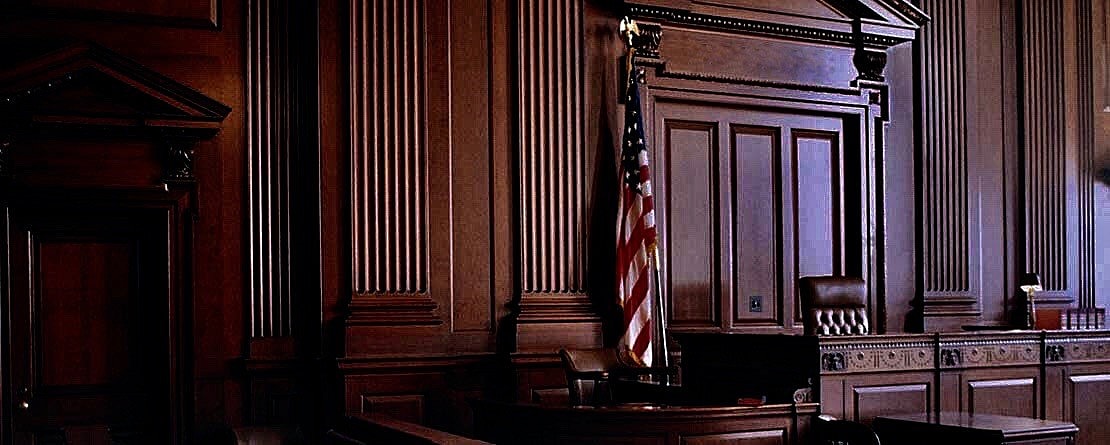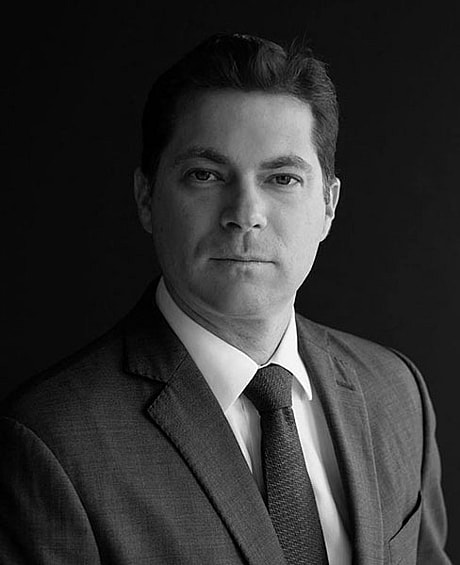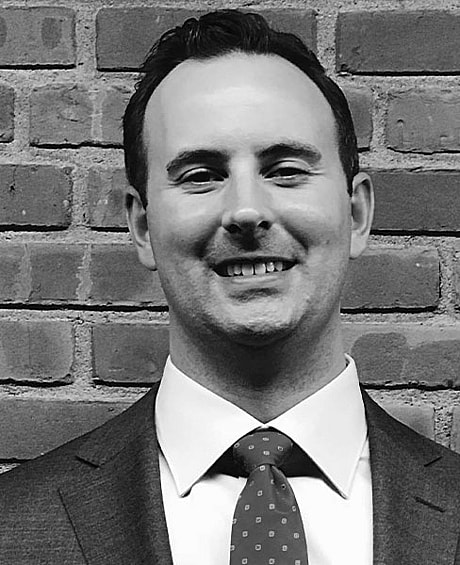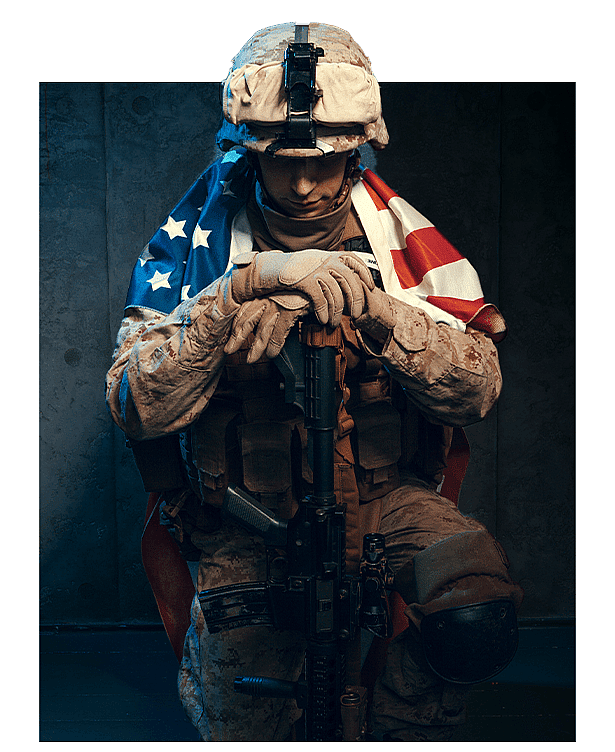Article 81 – Conspiracy
The law of conspiracy was developed to fill a gap created by the law of attempts. The law of conspiracy provides law enforcement justification for intervening in a contemplated crime before the preparation for the crime proceeds so far that it creates a danger to society. The law assumes that collective action in furtherance of a criminal purpose creates a greater risk to society than individual action towards that same criminal purpose.[2] Conspiracy charges have become a regular part of court-martial practice anytime there is one or more co-accused.
Elements of conspiracy under the UCMJ:
- That the accused entered into an agreement with one or more persons to commit an offense under the code; and,
- That, while the agreement continued to exist, and while the accused remained a party to the agreement, the accused or at least one of the co-conspirators performed an overt act for the purpose of bringing about the object of the conspiracy.[1]
A conspiracy necessarily involves a twofold specific intent. Firstly, there must exist an intent to partnership with one or more persons to commit an offense under the code. Secondly, there must exist a specific intent to accomplish the illegal objective. In the military, the conspiracy does not merge into the substantive offense once completed. As noted in the previous chapter, the military does recognize the offense of attempted conspiracy.
The conspiracy ends when the object of the conspiracy is accomplished, the members withdraw, or the members abandon the conspiracy.[3] The conspiracy does not necessarily terminate merely because the government defeated the object of the conspiracy. In other words, your client could be convicted of a conspiracy even though he or she joined the conspiracy after it was defeated.[4]
It is well-known that there are different ways to categorize complex conspiracies involving large numbers of individuals with various roles and objectives. Some terms have included chains, links, wheels, and hubs and spokes. The most common categories are chain conspiracies and wheel conspiracies. The chain conspiracy typically involves several layers of co-conspirators dealing with a single objective – e.g. drug distribution. A single conspiracy can exist if each link knew of the other links and was aware of the larger criminal enterprise.
We typically see military conspiracy cases involving an element of fraud – housing allowance fraud, debt reduction schemes, check fraud, etc. For that reason, wheel conspiracies are probably more common in military practice. A wheel conspiracy involves one individual, or a small group of individuals, conducting illegal transactions with various other co-conspirators (the spokes).
THE AGREEMENT
The Court of Appeals for the Armed Forces has historically adhered to the bilateral theory of conspiracy. In other words, CAAF requires that the parties to the conspiracy achieve a “meeting of the minds” to achieve the object of the conspiracy.[5] For example, in the military there can be no conspiracy where the only co-conspirator was an undercover agent was feigning agreement. Under those circumstances, trial counsel, of course, would still have the ability to allege an attempted conspiracy.[6] The acquittal of a co-conspirator in a separate trial does not preclude a conspiracy conviction for the accused.[7]
The unilateral theory of conspiracy was originally adopted in the Model Penal Code. The unilateral theory basically requires only that an accused believe that he or she is conspiring with another to commit a crime. Courts have generally disapproved of the unilateral theory of conspiracy because it does nothing to further the public policy concern of preventing group criminal activity. Further, a unilateral conspiracy will often satisfy the requirements for a solicitation type offense.
No particular words or form of agreement are required other than a meeting of the minds to accomplish the object of the conspiracy. The agreement can be proved by the conduct of the parties.[8] Also, silence can constitute agreement, particularly where the accused shares in the proceeds of the conspiracy.[9] The military courts have also found the existence of a conspiracy on the basis of a conditional agreement where the accused believed that the condition was likely to occur.[10]
The agreement does not have to specify the precise roles that each co-conspirator will play.[11] The object of the conspiracy, however, must be an offense under the UCMJ.[12] It can be sufficient for the government to show only that each defendant knew or had reason to know of the scope of the conspiracy and their own benefit was dependent on the success of the co-conspirators.[13] Evidence of only a slight connection can be sufficient to convict a defendant of knowingly participating in a conspiracy.[14]
THE PARTIES
In the military, co-conspirators need not be subject to the UCMJ.[15] Nonetheless, at least two parties must be involved in the agreement. Vicarious liability is applicable. A co-conspirator can be convicted for substantive offenses committed by another co-conspirator while the agreement continued to exist and in furtherance of the agreement.[16] There is also dicta that suggests that a co-conspirator can be liable for the actions of other co-conspirators that occurred before the accused joined the conspiracy.[17]
THE OVERT ACT
The requirement of an overt act is a separate element from the agreement. The act can occur during or after the agreement.[18] Counsel should remember that an act done prior to the agreement is not an overt act for purposes of the law of conspiracy.[19] An overt act must be done by one or more the co-conspirators, but not necessarily the accused.[20]
There is no requirement that the overt act be illegal. In certain cases, mere preparation is enough provided that it demonstrates that the agreement is being executed.[21]
WHARTON’S RULE
Wharton’s Rule is simple. There is no conspiracy where the agreement exists only between the people necessary to commit the offense. Classic examples are dueling, bigamy, incest, adultery, and bribery. The rule is preserved in paragraph 5(c)(3) of the statute. The rule does not apply where the substantive offense does not require concerted activity – drug distribution cases for instance.[22] The rule also does not apply where the conspiracy involves a greater number of persons than is required for commission of the substantive offense.[23]
PLEADING ISSUES
In conspiracy cases, the government must alleged at least one overt act.[24] The government may allege multiple overt acts, but they need only prove one.[25] Proof of an uncharged overt act is not necessarily a fatal variance as long as there is “substantial similarity” between the alleged overt act and the act proven at trial.[26] Where the basic facts remain unchanged, the amendment of an alleged overt act the day before trial could be a permissible minor change.
It should also be noted that conspiracy to commit a crime and solicitation to commit the same crime are separate offenses.[27] Similarly, conspiracy to commit a crime and the attempted commission of the crime are also separate offenses.[28]
A single agreement to commit multiple crimes is a single conspiracy. The classic example is Mack, where the accused was convicted of both conspiracy to commit check forgery and conspiracy to commit larceny.[29] The reasoning is simple, the law is intended to punish the agreement. In larceny cases that involve the theft of multiple items, the value of the items can be aggregated to calculate the maximum punishment for the conspiracy.[30]
A “totality of the circumstances” analysis is the correct approach when determining the number of conspiracies in a given case.[31] There are a variety of factors that may help counsel determine whether a single or multiple conspiracies exist. Among such factors are the following:
- The objectives of each alleged conspiracy;
- The nature of the scheme in each alleged conspiracy;
- The nature of the charge;
- The overt acts alleged in each;
- The time each of the alleged conspiracies took place;
- The location of each of the alleged conspiracies;
- The conspiratorial participants in each; and
- The degree of interdependence between the alleged conspiracies.
A wheel conspiracy only requires the government to prove that the collective action of all parties is intended for the accomplishment of a common purpose. The agreement can be inferred.
Common Defenses:
- Lack of agreement
- Withdrawal
- Factual Impossibility is not a defense









